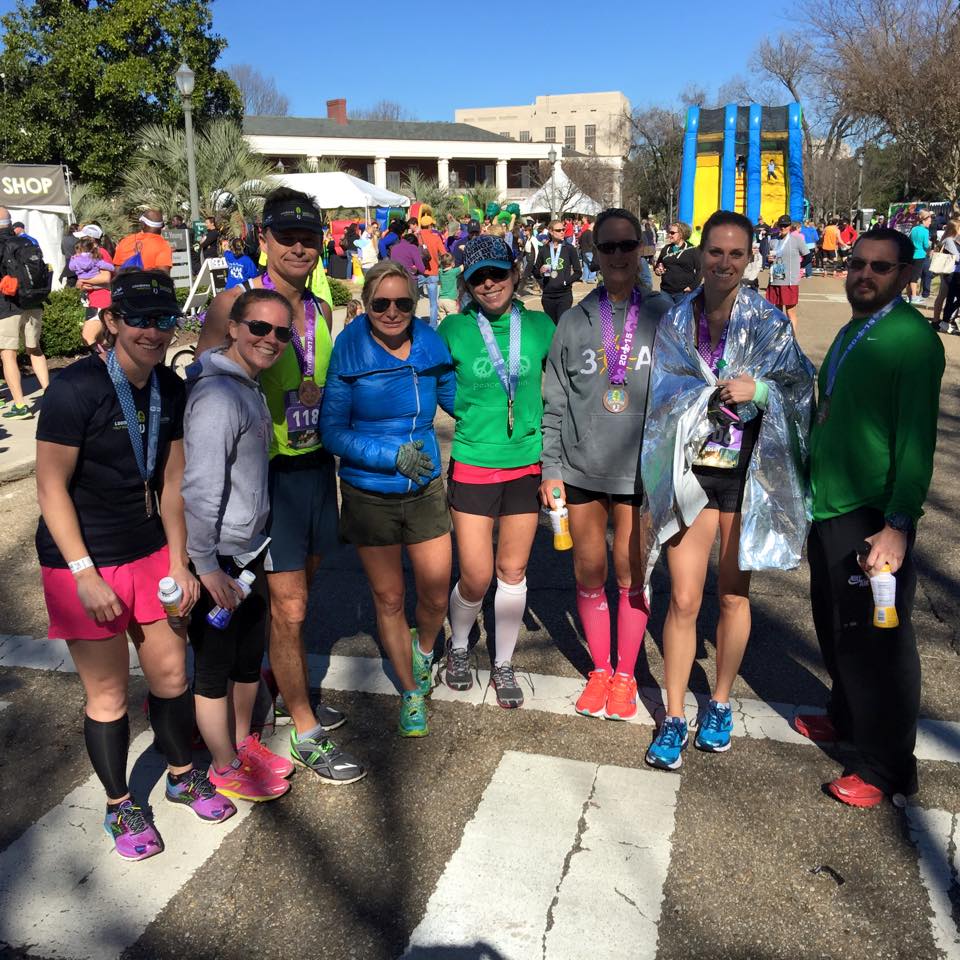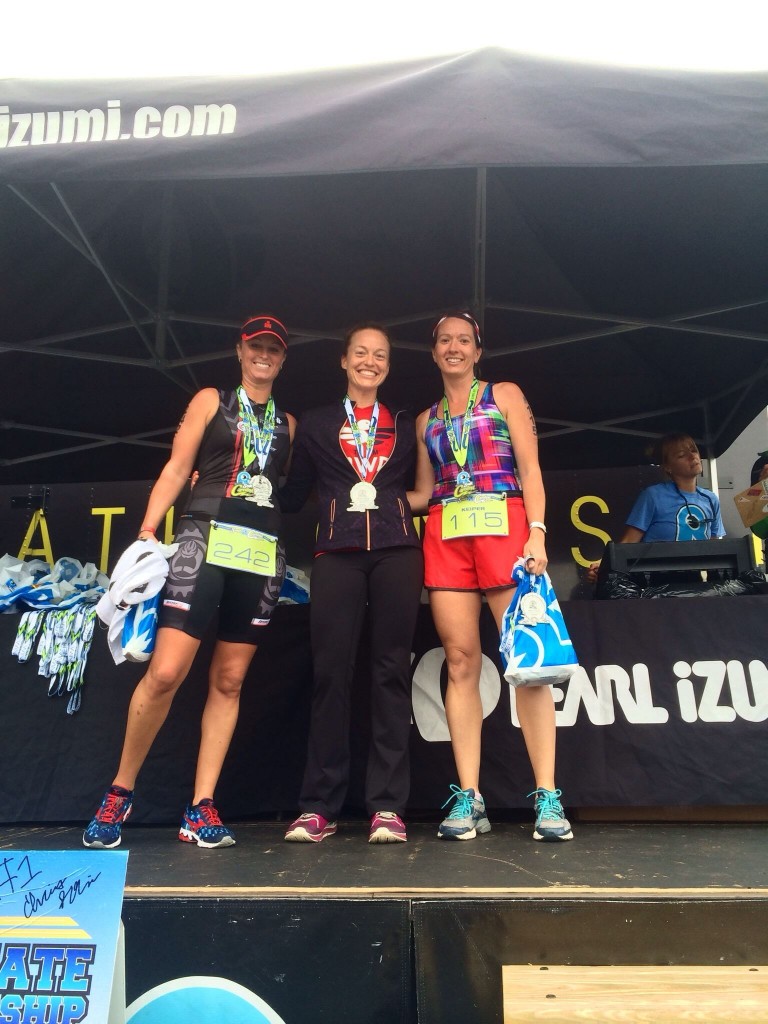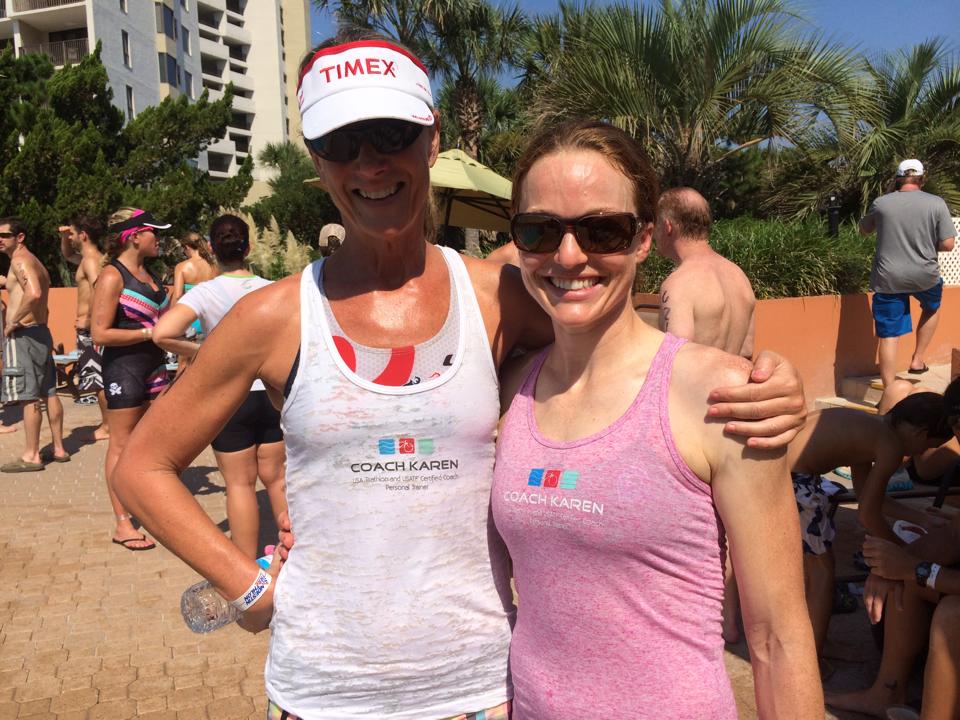Since I’ve taken over coach’s blog, I guess it’s only fair that I get to post a brief post-race report.
As a marathoner/triathlete for four years now, I’ve had my share of good and not-so-good races. This time, I managed to finally get it right. I went into the Albany Marathon a little short on training (having done only 3 long runs of 18 or more in the three months leading up to it) and I had a bit of a cold the week before the race, but otherwise, I was feeling good. The shorter training block probably helped me from feeling too fatigued actually and the cold helped me taper – as I usually have a really hard time sitting still the week before a big race.
The training plan coach wrote for me was AWESOME! Honestly, I had my doubts when she first described it. I had enjoyed my last plan so much and had a good result that I didn’t want to change. But she was her usual persuasive self and wrote it out for me anyway. It was a tough one. Man, did I look forward to the easy days because the hard days were killers.
In the end, it sure paid off. I lined up in Albany feeling fresher than I have ever felt at the start of a marathon. I felt like the miles flew by the entire race. And at mile 23, when I’m usually starting to pray for the finish line and figuring out how much I can slow down and still make my goal time, I actually held strong. I even picked it up the last mile 15 seconds faster than the steady 7:57 pace I had held the rest of the race.
Not only did I finish strong, pick up a 3rd place AG award and re-qualify for Boston, but I felt better than I’ve ever felt after a marathon. I was walking around and talking to everyone as opposed to laying on the grass and then limping back to my hotel room after.
All of this is to basically say that coach is a genius.
Happy trails!






